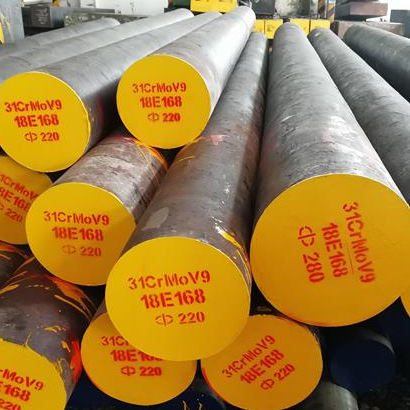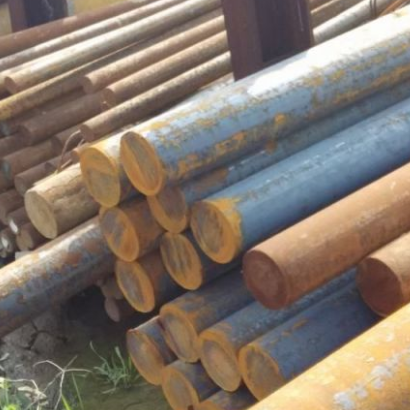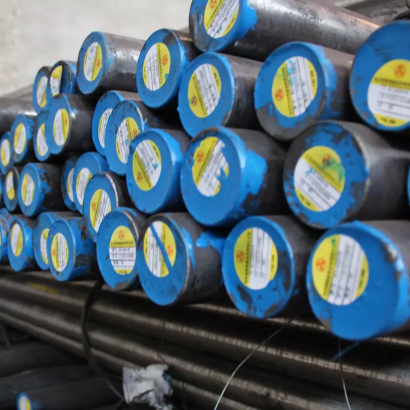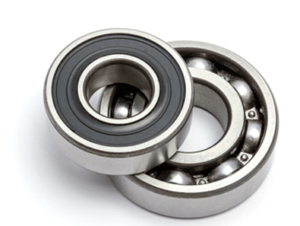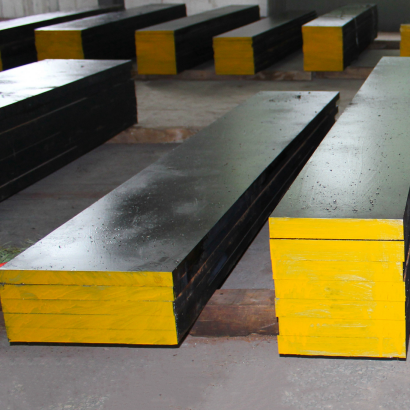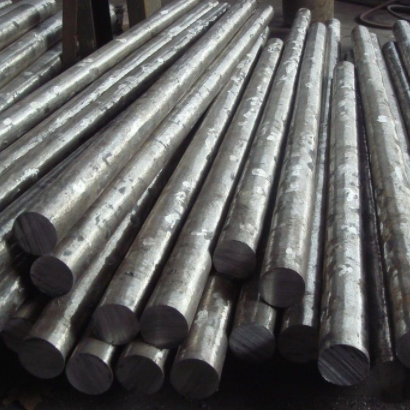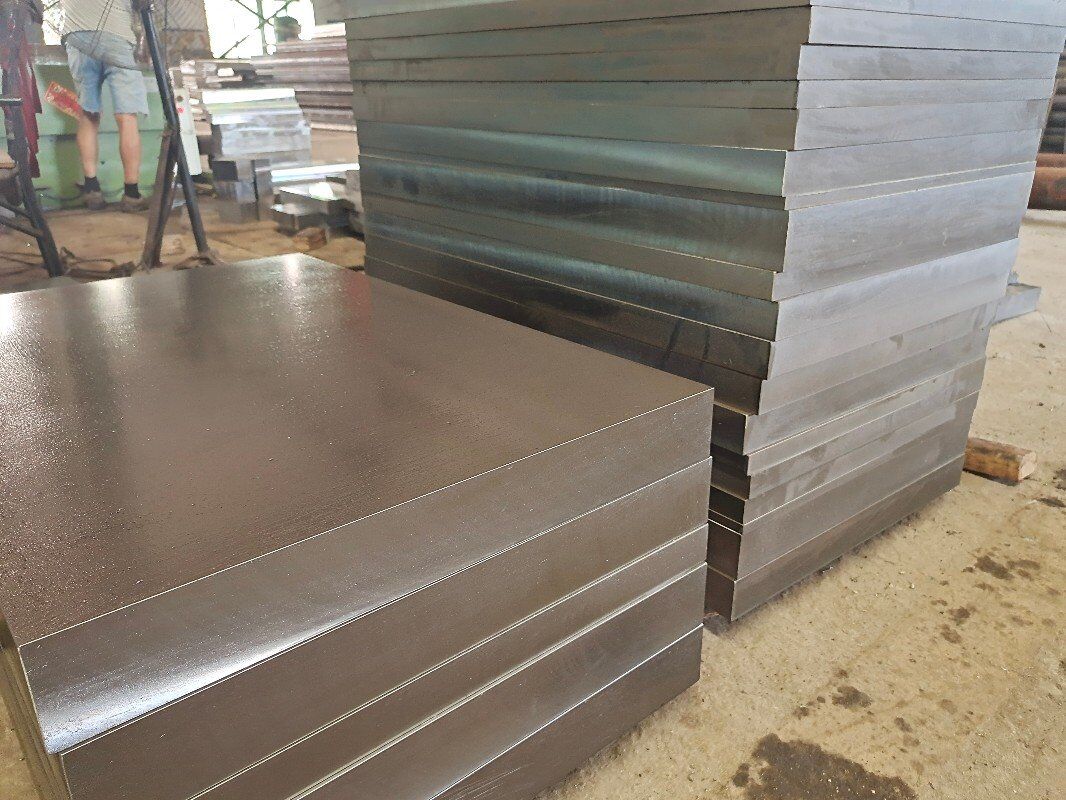31CrMoV9 nitriding steel
31CrMoV9 is a nitriding steel which has at least 2.3%Cr, 0.15%Mo, 0.1%V as strengthening alloy elements.
Due to its high wear resistance,it is mainly used in the automotive industry and general components mechanical engineering.
31CrMoV9 equivalent steel grades:
| DIN | W-Nr | AISI/ASTM | EN |
| 31CrMoV9 | 1.8519 | – | – |
31CrMoV9 mechanical properties:
| Diameter (mm) | (≥ 16 ≤ 40) | (> 40 ≤ 100) | (> 100 ≤ 160) | (> 160 ≤ 250) |
| yield strength (MPa) | 900 | 800 | 700 | 650 |
| tensile strength (MPa) | 1100-1300 | 1000-1200 | 900-1100 | 850-1050 |
| Elongation(L0= 5 d0)(%) | 9 | 10 | 11 | 12 |
| impact test ISO-V (J) | 25 | 30 | 35 | 40 |
